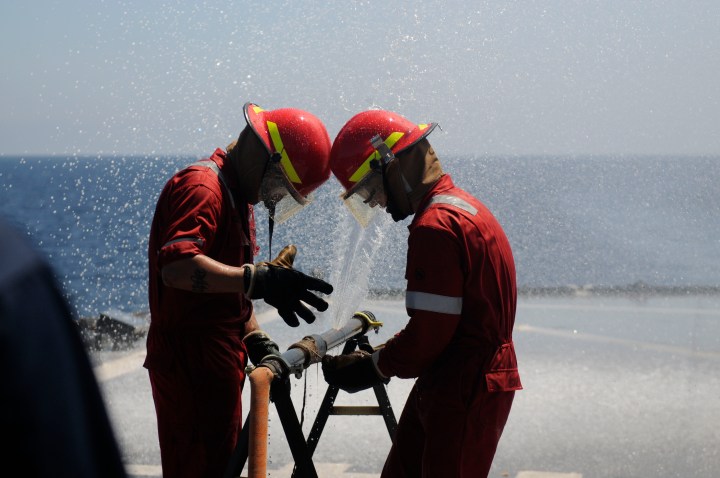
Researchers at the Massachusetts Institute of Technology (MIT) have developed a robotic system that swims through pipes to detect any problems before they burst. By detecting leaks early, the technology may help preserve precious water and the integrity of our cities’ infrastructure. The team, which has called itself PipeGuard, recently won $10,000 in a $100,000 MIT competition.
Current leak detection systems can be tedious and expensive, and are often not suited for the type of systems used in developing regions. The MIT approach instead was designed to be quick, affordable, and adaptable to pipes that are made of materials like wood, clay, or plastic.
But it has been no easy feat. It took the team nine years of research, development, and testing to create the oversized badminton birdie that is currently undergoing trials inside the 12-inch concrete pipes under Monterrey, Mexico.
The robot consists of a soft rubber housing with battery and storage, a flexible support that can measure the pipe’s change in size, and a membrane sensor that gets tugged by the outgoing water flow when it passes over a leak. If both the support and the membrane are flexed, than the robot can determine it has just passed over a bump rather than a crack in the pipe.
The robot was previously field tested in a rusty, mile-long section of pipe in Saudi Arabia, and it was able to detect leaks while ignoring false alarms.
“We put the robot in from one joint, and took it out from the other. We tried it 14 times over three days, and it completed the inspection every time,” You Wu, a graduate student working on the project, said in a statement. The robot also outperformed conventional detection methods, being up to ten times more sensitive, according to the researchers.
For its upcoming tests in Monterrey, Mexico, the team will attempt to develop a collapsible version of the robot that would be able to expand like an umbrella so it can fit in pipes of various sizes. Wu and his colleagues will describe the system in detail at the IEEE/RSJ International Conference on Intelligent Robots and Systems (IROS) in September.


